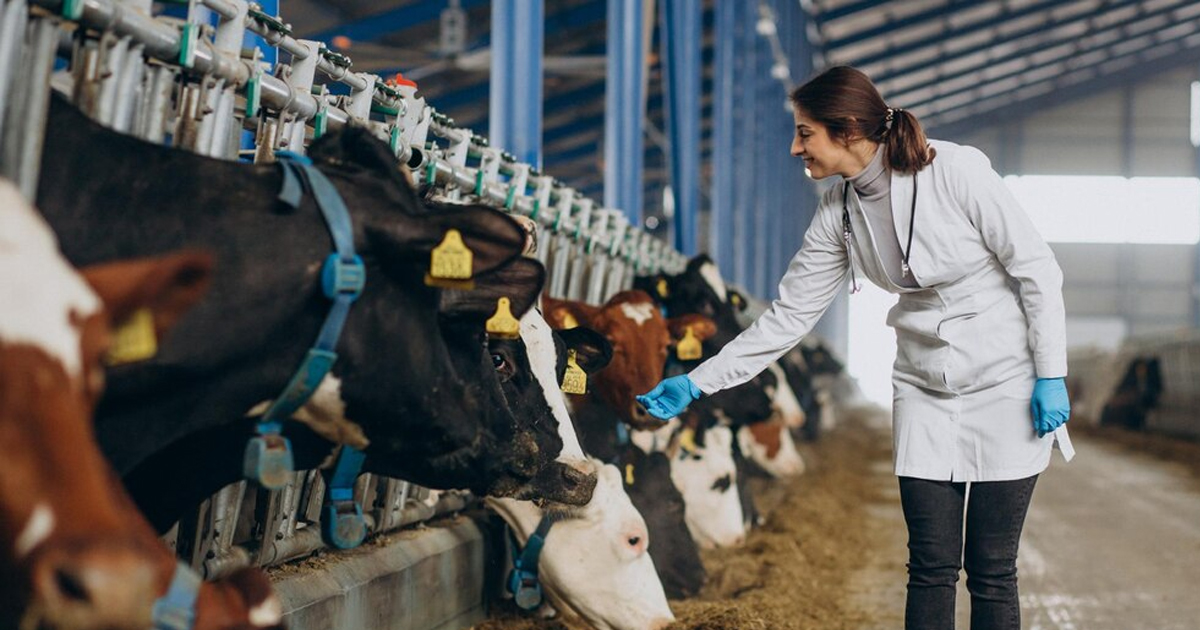Ruminant Mastitis: Therapies and Control
A special issue of Veterinary Sciences (ISSN 2306-7381). This special issue belongs to the section "Veterinary Microbiology, Parasitology and Immunology".
Deadline for manuscript submissions: 1 February 2026 | Viewed by 10578

Special Issue Editor
Special Issue Information
Dear Colleagues,
Mastitis is an important disease in dairy farming, which causes lots of economic losses every year. Although research and efforts have been made, mastitis is still the first issue that should be considered in the development of the industry, which is related to food safety and human health. Many causes have been involved in mastitis, e.g., bacteria, viruses, machine disorders, heat stress, nutritional factors, etc. Therefore, this Special Issue on “Ruminant Mastitis: Therapies and Control” aims to promote research on the mechanism of mastitis and others about the prevention, treatment, and control development in practical farms or experimental animal models.
Prof. Dr. Heng Wang
Guest Editor
Manuscript Submission Information
Manuscripts should be submitted online at www.mdpi.com by registering and logging in to this website. Once you are registered, click here to go to the submission form. Manuscripts can be submitted until the deadline. All submissions that pass pre-check are peer-reviewed. Accepted papers will be published continuously in the journal (as soon as accepted) and will be listed together on the special issue website. Research articles, review articles as well as short communications are invited. For planned papers, a title and short abstract (about 100 words) can be sent to the Editorial Office for announcement on this website.
Submitted manuscripts should not have been published previously, nor be under consideration for publication elsewhere (except conference proceedings papers). All manuscripts are thoroughly refereed through a single-blind peer-review process. A guide for authors and other relevant information for submission of manuscripts is available on the Instructions for Authors page. Veterinary Sciences is an international peer-reviewed open access monthly journal published by MDPI.
Please visit the Instructions for Authors page before submitting a manuscript. The Article Processing Charge (APC) for publication in this open access journal is 2100 CHF (Swiss Francs). Submitted papers should be well formatted and use good English. Authors may use MDPI's English editing service prior to publication or during author revisions.
Keywords
- dairy cow
- cattle
- sheep
- goat
- mastitis
- E. coli
- Klebsiella pneumoniae
- Staphylococcus aureus
- Streptococcus
- virus
- prevention and control
Benefits of Publishing in a Special Issue
- Ease of navigation: Grouping papers by topic helps scholars navigate broad scope journals more efficiently.
- Greater discoverability: Special Issues support the reach and impact of scientific research. Articles in Special Issues are more discoverable and cited more frequently.
- Expansion of research network: Special Issues facilitate connections among authors, fostering scientific collaborations.
- External promotion: Articles in Special Issues are often promoted through the journal's social media, increasing their visibility.
- Reprint: MDPI Books provides the opportunity to republish successful Special Issues in book format, both online and in print.
Further information on MDPI's Special Issue policies can be found here.






